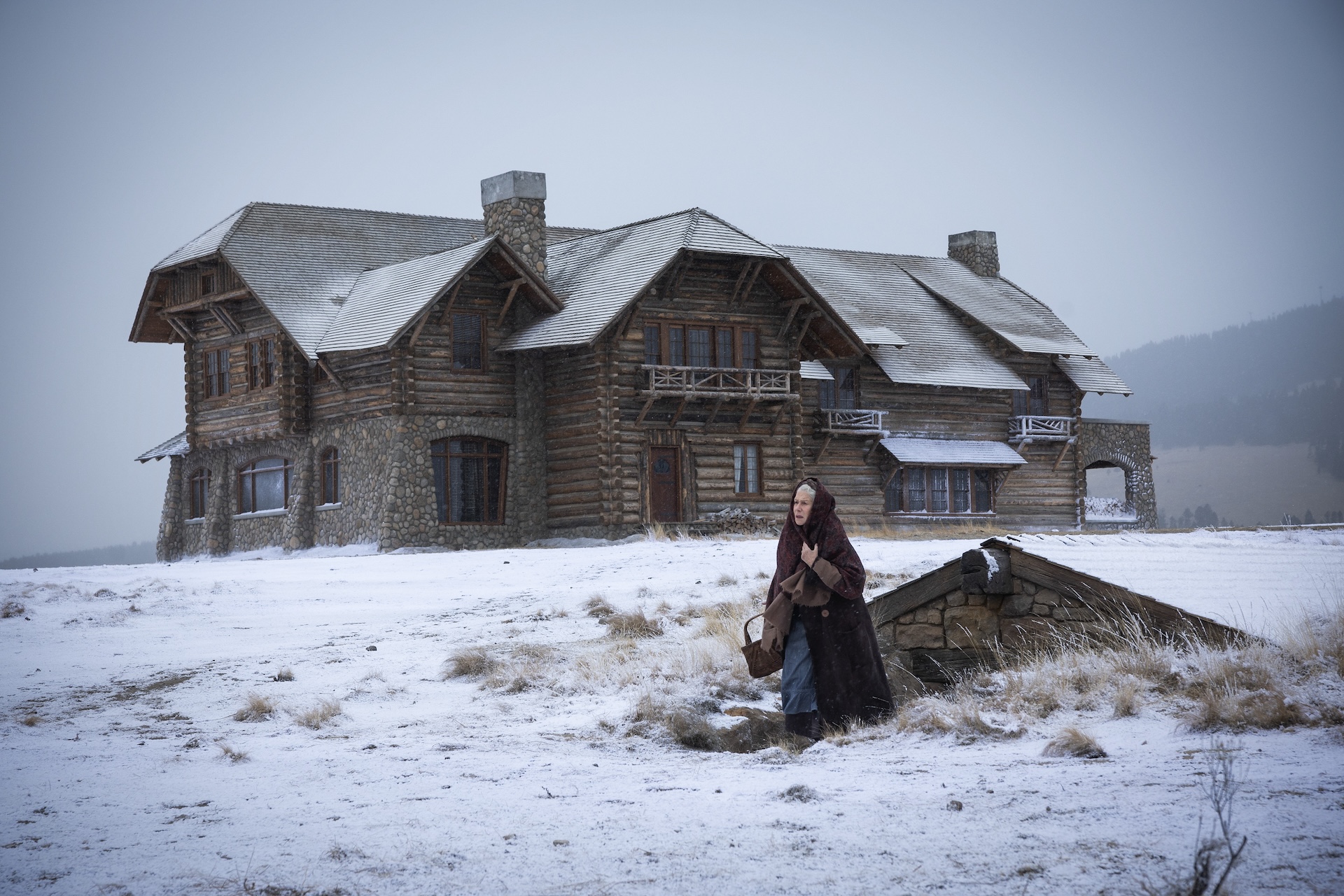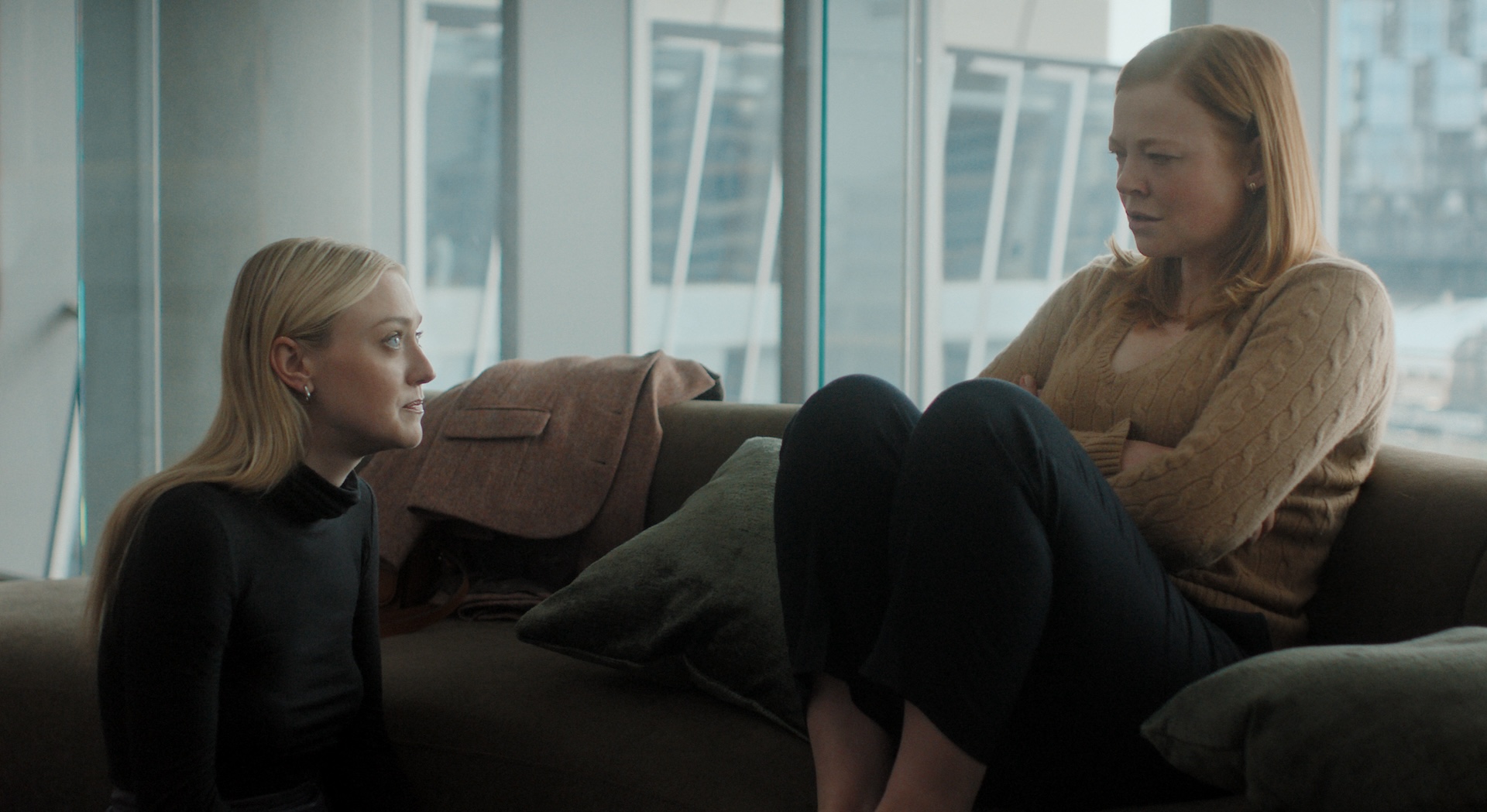There’s the old saw about good screenwriting — that it always ought to be surprising, but inevitable. The filmmaking team behind Netflix‘s four-part miniseries “Adolescence” has more than taken that to heart. The show is not just the story of the fallout after 13-year-old Jamie Miller (Owen Cooper) murders his classmate Katie (Emilia Holliday). It resists a conventional whodunnit or howcatchem structure in the episodes — the arrest, a follow-up investigation, a psychological evaluation, and a day in the life afterwards for the perpetrator’s family — that writers/executive producers Jack Thorne and Stephen Graham choose to explore.
And the content dictates the show’s form. The story of “Adolescence” is told in four single, continuous takes, not to make a spectacle of the fluid camerawork but to create a visual environment from which none of the characters can find escape or relief. “The technical maneuvers and interesting technical feats throughout ‘Adolescence’ were always a product of us trying to tell the story in the best way,” cinematographer Matthew Lewis told IndieWire. “ I wanted us to be able to explore a larger world, and I thought that the only way of doing that really was [to have] this sort of omnipotent, floating camera, that was connected so closely to each individual.”
There is indeed a visual and visceral closeness to the individuals in “Adolescence” — Jamie, of course, but also his father Eddie (Stephen Graham), mother Manda (Christine Tremarco), classmates Ryan (Kaine Davis) and Tommy (Lewis Pemberton), the psychological evaluator (Erin Doherty) who comes to see him, among many others — that shifts at key dramatic moments. The orchestration of those point-of-view shifts in terms of camera movement, sound, performance, and pacing is what makes each episode of “Adolescence” feel electric — surprising, but inevitable.
In the videos below, watch how Lewis, director Philip Barantini, supervising sound editor James Drake, and casting director Shaheen Baig all worked together to craft a story that truly needed to be told one take at a time.
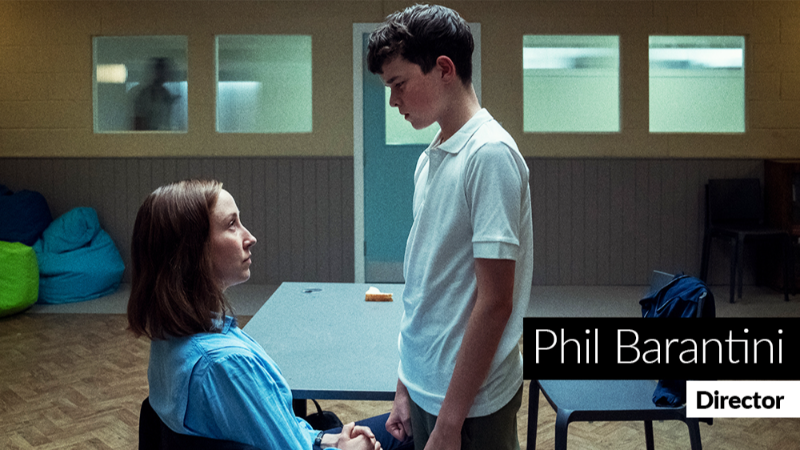
The Directing of ‘Adolescence’
“Adolescence” was meticulously organized in Jack Thorne’s and Stephen Graham’s writing, but it was director Philip Barantini who needed to take what was on the page and give it a physical shape. Every director does this — finds locations and works with their department heads to build out the world, weighs in on all the visual choices that need to be made, helps guide the actors’ performances — but even more so in a one-shot series. Wherever Barantini and cinematographer Matthew Lewis pointed the camera, that’s where the story would be.
”You have to really think about and decide who you want to focus on at any given moment and what that means for an audience,” Barantini said. “Watching somebody listen is really, really powerful at times. It’s a dance.”
Barantini combined the disciplines of a filmmaker, theater director, and also something of a coach in order to get the cast and crew to a place where they knew each episode deep in their bones; they could lean on muscle memory to execute the fundamentals of the episode, and still have space for something magical to happen in each individual take. Barantini, who also directed the one-shot film “Boiling Point,” loves the format for how thoroughly it allows a filmmaking team to explore a story, and the ways in which his fly-on-the-wall directorial choices can implicate the audience, too. “You want the audience to feel like they’re part of it, but they shouldn’t really be part of it,” Barantini said.
In the video above, watch how Barantini worked with both the cast and the crew to bring the audience into the world of “Adolescence” — whether we want to be there or not.
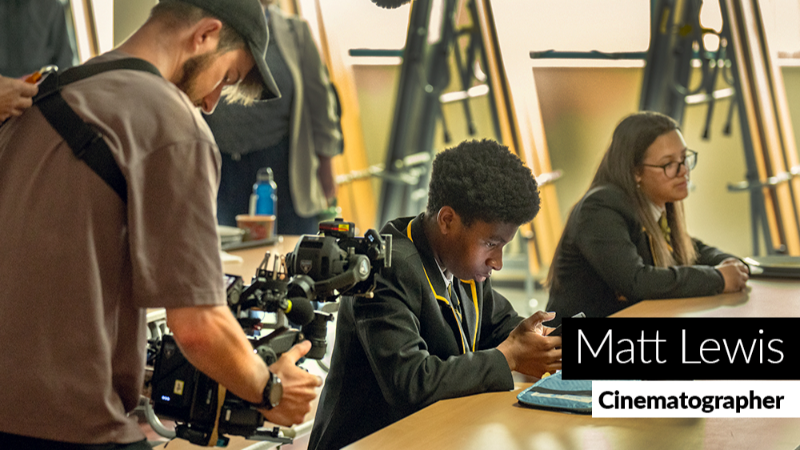
The Cinematography of ‘Adolescence’
The actual pointing of the camera is no mean feat in “Adolescence.” Cinematographer Matthew Lewis and his stalwart camera operator Lee Brown needed to ride on top of moving carts, pass their precious Ronin 4D through windows, onto and off of cranes, hook it onto drones, and everything in between — all while making sure the camera was always tracking at least one character’s dilemma.
Lewis, also a “Boiling Point” alumnus, had a long list of logistical challenges to solve. But the reason that “Adolescence” attempted any of them was because the restless, unrelenting nature of the one-take episodes was the correct way to tell the story of a family and a community that would love to be able to find some relief from misogyny, particularly in its online incarnations, but cannot. “Even the drone, which is the most kind of leary camera move you can imagine at the end of a one-shot episode, came about because we wanted to bring in the crime scene in a way that made it, sort of, give you a sense of perspective,” Lewis said.
It’s not that Lewis’s camerawork doesn’t provide the audience with a release value for the tension and the heartbreak that follows in the wake of Jamie committing murder. It’s that the camerawork’s perspective makes that pain resonate as much as it does. “When there’s a handheld operator present, you feel [like] you’re sort of tied to people very closely and intimately, and if you start walking off down a corridor, you feel that,” Lewis said. “Even with the slightly higher concept things that we did on ‘Adolescence,’ it still hopefully always felt story-driven. I think that was always the aim.”
In the video above, watch how Lewis and his camera team pulled off relentless, story-driven cinematography that envelopes the audience inside of the characters’ perspectives in every episode of “Adolescence.”
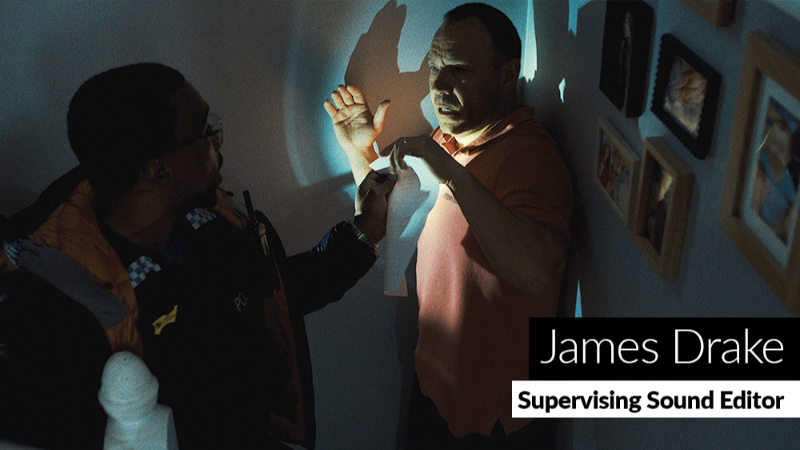
The Sound Design of ‘Adolescence’
The camera movements in “Adolescence” are scene partners to the actors and cutless edits, but very often our attention is guided, invisibly, by the sound in the Netflix show. The first 15 minutes of the first episode, after all, goes from the early morning calm of a couple of mates who happen to be police officers chatting in a car to the absolute terror and confusion of a raid on the Miller home to arrest 13-year-old Jamie, to the much more quotidian horror of what happens at the police station.
The clarity of the dialogue, the amount of score we hear or don’t hear, the violence of the hits that bash down the Millers’ front door — all of these choices lock the audience into the ride that “Adolescence” wants to take us on. Supervising sound editor James Drake and his team worked from even before shooting in order to calibrate the intensity of the experience, and to find the right spots to subjectively bring us into key characters’ emotional landscapes, too.
“It was just really [about] trying to find those emotional beats,” Drake told IndieWire. “And then on top of that [about giving] the sound space so those really big, heightened moments feel heightened. It’s constantly thinking about the point of view and the way that the camera’s pointing, and as soon as it pans, as soon as it starts to move, where in that field of vision should the sound be?”
In the video above, watch how Drake and his team worked to make the soundscape of “Adolescence” as seamless and emotionally resonant as its visual style.
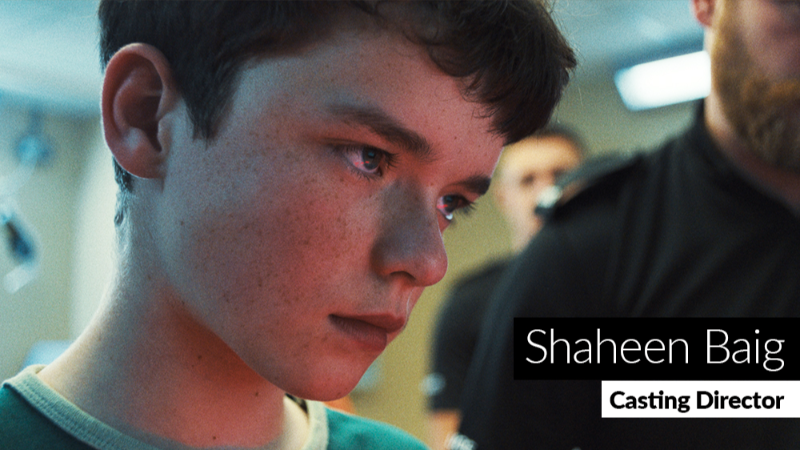
The Casting of ‘Adolescence’
Of course, nothing that happened on set would be possible without building the right team for “Adolescence.” Much has been made of the challenge of finding the younger actors to execute some very tricky dramatic scenes, and rightly so. Casting director Shaheen Baig and her team had to look in unconventional places and spread the word high and low, and over all sorts of Instagram stories in order to find Owen Cooper for Jamie, Amelie Pease for Lisa, Fatima Bojang for Jade, and others.
But every actor, from Stephen Graham on down, had to bring a certain level of fearlessness and generosity of spirit to the project, and Baig was looking for those qualities as much as for the right faces to embody a community in the North of England. She needed to find the weary, warm rapport that Ashley Walters and Faye Marsay have as Bascombe and Frank; she needed to see the chemistry and beautiful shared language that Graham and Christine Tremarco had with each other as married couple Eddie and Manda; she needed to know Erin Doherty was the right scene partner to help Cooper unlock his most stunning work.
“ It’s not the case that a casting director opens a book or opens, you know, IMDB and goes, ‘Yeah, it’s these five people. This does the job.’ And it’s the same five people you see in everything. You know, there is a craft, there’s a lot of time and effort and conversation and debate that goes into it,” Baig told IndieWire. “If coming out of ‘Adolescence,’ it’s made people think more about what the craft of casting is then I’m really proud about that and I’m really happy about that.”
In the video above, watch how Baig and her team searched for the focus, discipline, giving mentality, and improvisational skills that make single-takes work so well, and found the ensemble that was able to pull off “Adolescence.”
—Sarah Shachat
Craft Editor

